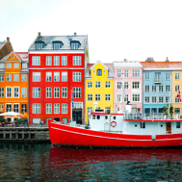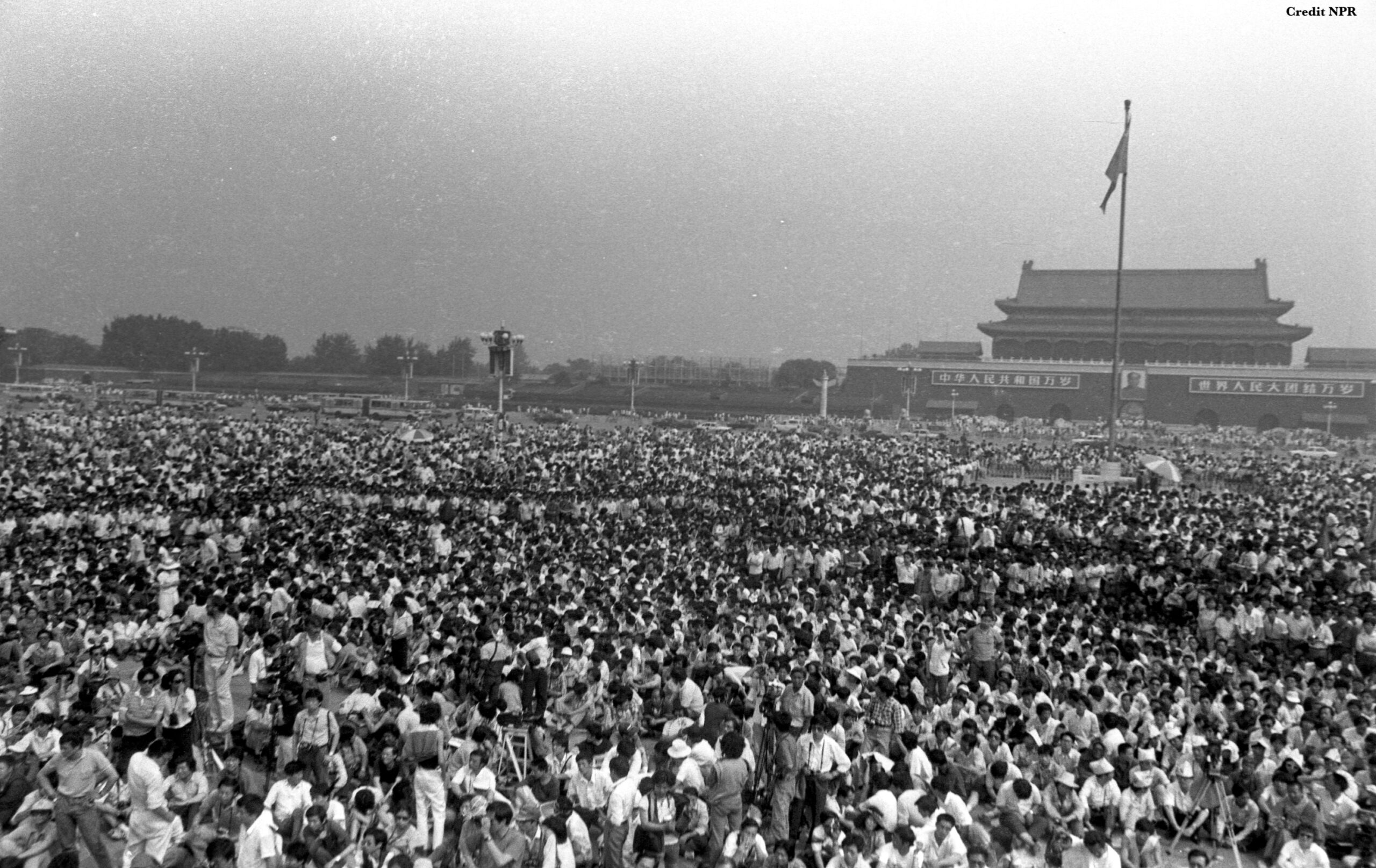Rapid Urbanization and what to do about it


The size of the human population has increased rapidly during the past several centuries. In fact, 1999 saw a human population of over 6 billion – astounding from a scientific perspective (this is one of the highest numbers of individuals that any “recent” population of large animals has been able to maintain). Naturally, there are both positive and negative aspects to this (dare we say) domination of Earth of homo sapiens. Take the nitrogen nutrient cycle.  Nitrogen-fixing bacteria are the only sources of nitrogen in the natural world. Hang on, you say, 78% percent of the atmosphere is nitrogen, no? First of all, let me congratulate you for storing that startling statistic in your head. And yes, it’s absolutely true. Plants cannot use “raw” nitrogen like that, so they must wait for nitrogen-fixing bacteria to convert the nitrogen to a usable form (ie: nitrates, nitrites, ammonium). Humans have developed synthetic nitrogen. This is great, because it allows to grow more food – we can feed animals as well as our rapidly growing population! But there are numerous, terrible, unexpected effects of this same nitrogen. It can run off into streams and rivers and cause harmful effects to living things. It can encourage bacterial growth and cause ponds to dry out. This is just one tiny view at an environmental
Nitrogen-fixing bacteria are the only sources of nitrogen in the natural world. Hang on, you say, 78% percent of the atmosphere is nitrogen, no? First of all, let me congratulate you for storing that startling statistic in your head. And yes, it’s absolutely true. Plants cannot use “raw” nitrogen like that, so they must wait for nitrogen-fixing bacteria to convert the nitrogen to a usable form (ie: nitrates, nitrites, ammonium). Humans have developed synthetic nitrogen. This is great, because it allows to grow more food – we can feed animals as well as our rapidly growing population! But there are numerous, terrible, unexpected effects of this same nitrogen. It can run off into streams and rivers and cause harmful effects to living things. It can encourage bacterial growth and cause ponds to dry out. This is just one tiny view at an environmental  issue linked to the rapid growth in human population. This growth leads in turn to the growth of urban areas.
issue linked to the rapid growth in human population. This growth leads in turn to the growth of urban areas.
There are numerous lenses we can use to examine this new problem – political views, economic perspectives, ethical views, scientific perspectives – but let’s put those aside for a moment and consider societal effects first.
Increasing urbanization shows the stark contrast between the poor and the rich. In Jakarta, Indonesia, classy flats and luxury apartments are just minutes away from extensive slums. Underdevelopment and overdevelopment literally exist side by side. This can lead to feeling of deprivation. Unsurprisingly, crime rates in urban areas are higher than crime rate in suburban and rural areas. Goods are more readily available in a city as opposed to a suburb, which makes crime more feasible.
 The ethical perspective on urbanization has directly to do with its effect on the environment. For one thing, water, which is already a commodity in some places, is adulterated more in urban areas. According to a 2008 paper by Leiwen Jiang et al, the occurrence of eutrophication around or in urban areas is higher than in areas farther from urban areas. In addition, chemicals from these urban areas are washed directly into rivers, lakes, and other bodies of water – harming aquatic ecosystems and contaminating the water. What right do humans to take the lives of other animals?
The ethical perspective on urbanization has directly to do with its effect on the environment. For one thing, water, which is already a commodity in some places, is adulterated more in urban areas. According to a 2008 paper by Leiwen Jiang et al, the occurrence of eutrophication around or in urban areas is higher than in areas farther from urban areas. In addition, chemicals from these urban areas are washed directly into rivers, lakes, and other bodies of water – harming aquatic ecosystems and contaminating the water. What right do humans to take the lives of other animals?
 An additional concern is that of food waste in urban areas. Urban food waste rates are climbing. Food waste is the disposal of food products that can no longer be used – higher rates of food wastage leads to environment issues such as increased levels of methane in the atmosphere (this affects the ozone layer and also human and animal health).
An additional concern is that of food waste in urban areas. Urban food waste rates are climbing. Food waste is the disposal of food products that can no longer be used – higher rates of food wastage leads to environment issues such as increased levels of methane in the atmosphere (this affects the ozone layer and also human and animal health).
Habitat fragmentation (essentially the breaking up of large expanses of habitat into small, isolated areas different from one another) has been linked directly to agricultural expansion and urbanization, two side effects of a rapid increase in human population. There are many studies linking habitat fragmentation with decreasing levels of terrestrial biodiversity, which is dangerous for many species (makes them less evolutionarily fit?). Species have been lost in areas that were formerly very biodiverse, such as the coral reefs and Amazon rainforest.
SO WHAT CAN WE DO?
A solution to the numerous difficulties that come with rapid urbanization should be cost-efficient, environmentally friendly, and universally available. This is why I believe that sustainable and green urbanization on a large scale is a possible solution to the problems that come with rapid urban development. Copenhagen is a highly developed and growing metropolis in Denmark and is also one of the world’s most sustainable cities – promoting growth, economically and environmentally. Reducing pollution by building more bike trails and replacing traditional buses with green buses will save cities money spent on keeping roads and waterways clean – this money can be put to human capital resources, thereby improving the economy as well as the environment. Clean eating is another powerful way to reduce costs and carbon emissions  – eating less red meat and emphasizing lightly processed foods would reduce carbon emissions in cities significantly, according to author Alex Steffen. In fact, according to Steffen, Americans’ poor nutritional habits are actually a climate problem and emphasizing the importance of clean eating will be a big step forward in health as well as in the problem of urbanization. Encouraging sustainability in a city’s transportation will help foster growth in a community (ethically, this is a sound argument for greener travel). Another facet of this sustainable solution is the use of green power plants. Sustainable sources of energy such as wind and solar energy can power entire cities (helping the environment and saving money – the solar energy field especially has grown to be inexpensive in some cases). The starting of these environmental projects will provide jobs for both skilled and unskilled workers. The emphasis on cleanliness will reduce the stark contrast between the lives of the poor and the rich – cities like Copenhagen have less relative poverty than less green cities do. More importantly, healthy living raises the happiness index of a country – take Denmark for example. Denmark’s GPI is the highest in the world and it is considered the happiest nation on Earth. Substance abuse and crime rates in Denmark are lower than the vast majority of urban areas. Income equality is very high in green cities (mainly in Scandinavia) and life expectancy is very high. Social wellness is taken into account as well. More plants and greener energy has been proven to improve mood and general health, both of which are factors which improve feelings of social support and reduce social disintegration. While sustainability can be expensive to pursue in initial stages, the use of greener energy and environmentally friendly initiatives in cities around the globe has been
– eating less red meat and emphasizing lightly processed foods would reduce carbon emissions in cities significantly, according to author Alex Steffen. In fact, according to Steffen, Americans’ poor nutritional habits are actually a climate problem and emphasizing the importance of clean eating will be a big step forward in health as well as in the problem of urbanization. Encouraging sustainability in a city’s transportation will help foster growth in a community (ethically, this is a sound argument for greener travel). Another facet of this sustainable solution is the use of green power plants. Sustainable sources of energy such as wind and solar energy can power entire cities (helping the environment and saving money – the solar energy field especially has grown to be inexpensive in some cases). The starting of these environmental projects will provide jobs for both skilled and unskilled workers. The emphasis on cleanliness will reduce the stark contrast between the lives of the poor and the rich – cities like Copenhagen have less relative poverty than less green cities do. More importantly, healthy living raises the happiness index of a country – take Denmark for example. Denmark’s GPI is the highest in the world and it is considered the happiest nation on Earth. Substance abuse and crime rates in Denmark are lower than the vast majority of urban areas. Income equality is very high in green cities (mainly in Scandinavia) and life expectancy is very high. Social wellness is taken into account as well. More plants and greener energy has been proven to improve mood and general health, both of which are factors which improve feelings of social support and reduce social disintegration. While sustainability can be expensive to pursue in initial stages, the use of greener energy and environmentally friendly initiatives in cities around the globe has been

proven to be beneficial in the long run and less expensive than most traditional energy sources today, which is why I believe that strides toward sustainability will be the most efficient solution. Not all problems will be solved right away, and some issues might not be touched at all in some areas. However, the relative happiness of successfully “green” cities like Copenhagen persuades me to believe that encouraging sustainability will be the best long term solution to problems caused by rapid urban development.









